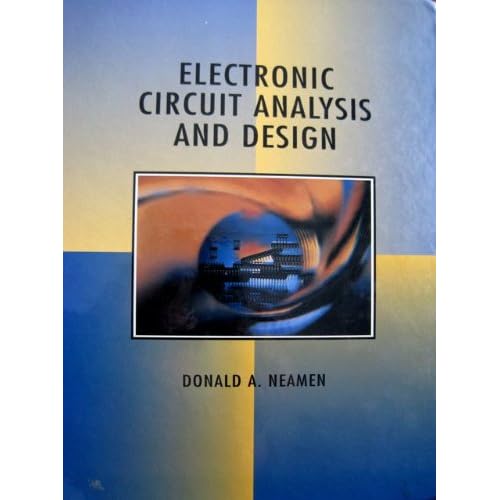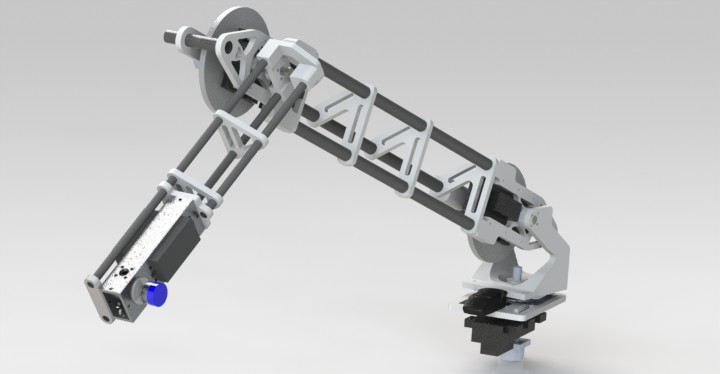'Measurement and Instrumentation Principles' is the latest edition of a
successful book that introduces undergraduate students to the
measurement principles and the range of sensors and instruments that are
used for measuring physical variables. Completely updated to include
new technologies such as smart sensors, displays and interfaces, the 3rd
edition also contains plenty of worked examples and self-assessment
questions (and solutions). In addition, a new chapter on safety issues
focuses on the legal framework, electrical safety and failsafe designs,
and the author has also concentrated on RF and optical wireless
communications. Fully up-to-date and comprehensively written, this
textbook is essential for all engineering undergraduates, especially
those in the first two years of their course.
Download Book:
http://www.mediafire.com/view/?wbjecsnt5sls788
















